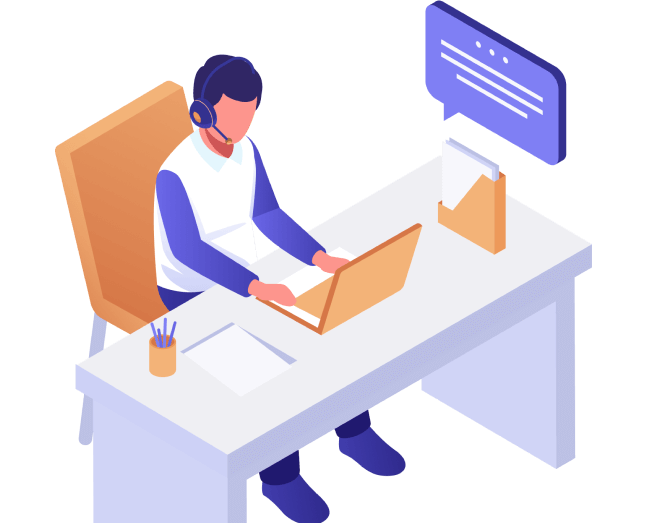December 18, 2025
Beyond the Burnout: Transforming Healthcare Operations with a Context-Aware Automation Layer
Date: August 21, 2025
Generative AI (Gen AI) has quickly moved from innovation labs to enterprise boardrooms. In 2025, the focus is on scaling rather than experimenting.
Businesses in sectors like retail, manufacturing, healthcare, and financial services are using Gen AI to automate tasks, cut costs, and improve decision-making. According to McKinsey, Gen AI could add up to $4.4 trillion annually to the global economy. But how are companies applying it?
This blog explores the top 10 enterprise use cases of Gen AI in 2025, highlighting where real returns on investment and business transformation are happening.
1. Customer Support Automation
Customer service is one of the most visible and impactful uses for Gen AI. Traditional support channels often struggle with repetitive questions, like order tracking, returns, and product FAQs. With Gen AI, businesses can automate up to 80% of routine tickets through AI agents that provide human-like responses via email, chat, or voice.
Key outcomes:
- 75% faster resolution time
- 24/7 multilingual support
- Integration with CRMs and ERPs like Salesforce and NetSuite.
2. Sales Outreach and Lead Nurturing
In 2025, outbound sales teams no longer write cold emails by hand. Gen AI can create highly personalized outreach based on CRM insights, firmographics, and behavioral data.
Sales leaders report:
- 30%+ increase in reply rates
- Higher pipeline speed
- Better lead qualification through AI-driven enrichment
Gen AI can also automate follow-ups, meeting scheduling, and lead scoring, allowing sales reps to focus on closing deals.
3. Knowledge Retrieval and Internal Search
Enterprise knowledge is often scattered across documents, tools, and silos. With retrieval-augmented generation (RAG), Gen AI helps employees find accurate, real-time answers using natural language queries.
For example, instead of searching a SharePoint folder, an employee can ask, “What’s our latest return policy for EU customers?” and get an immediate, contextual answer.
Results:
- 60% reduction in time spent searching for information
- Improved onboarding speed
- Consistent answers across departments
4. Employee & HR Self-Service
HR departments handle countless recurring questions about leaves, benefits, payroll, and policies. Gen AI bots can automate answers through Slack, Teams, or internal portals without needing human help.
In 2025, businesses use Gen AI for:
- Leave and attendance FAQs
- Onboarding documentation
- Policy retrieval
- Training and compliance support
This change improves employee experience and reduces HR team workload by up to 70%.
5. IT Helpdesk and Technical Support
L1 IT tickets, such as password resets, access requests, and troubleshooting, are common in support queues. Gen AI systems connected to ITSM platforms like ServiceNow or Jira can automate responses and guide users through solutions.
By 2025, IT teams have:
- Reduced L1 ticket volume by 60%
- Shortened mean time to resolution (MTTR)
- Deployed AI agents with built-in escalation triggers
6. Product Content Generation and Localization
Creating content, from e-commerce descriptions to user manuals, is time-consuming and resource-intensive. Gen AI can automatically generate, rewrite, and localize product copy, ensuring consistent tone and SEO optimization.
Use cases include:
- Multilingual product catalog
- Automated SEO meta descriptions
- Real-time content testing and personalization
Retailers using Gen AI for content report a 10x increase in speed and up to 80% cost savings in translation and localization.
7. Finance & Procurement Document Processing
Finance and procurement manage a huge amount of documents—purchase orders, invoices, contracts, and reports. Gen AI uses natural language processing (NLP) and optical character recognition (OCR) to read, extract, and verify key data points.
With Gen AI:
- Invoice processing time is cut by 40
- Manual errors in PO intake and reconciliation are lowered
- Compliance checks are automated through document analysis
8. Legal and Compliance Review
Legal teams are using Gen AI to review contracts, NDAs, and policies by extracting clauses, identifying risks, and flagging inconsistencies. Unlike older automation tools, Gen AI understands the context, not just the format.
Example requests:
- “Summarize the indemnification clauses in these 10 contracts”
- “Highlight missing arbitration clauses”
- “Flag non-compliant vendor terms”
Law firms and in-house legal teams using Gen AI report up to 50% time savings on document reviews.
9. Enterprise Workflow Orchestration
One of the most transformative uses of Gen AI is automating complex workflows that span teams and tools. Platforms like WISEOne by VassarDigital allow businesses to design drag-and-drop workflows where Gen AI connects to live data, business logic, and user inputs.
Example scenarios:
- Customer email → AI reads intent → Fetches order info from ERP → Composes reply
- HR query → Gen AI checks policy database → Replies with file and context
Benefits:
- Accelerated time to value
- Complete automation of processes
- Less dependence on IT for new workflows
10. Order Operations & Supply Chain Communication
Order-related questions from customers, suppliers, and logistics partners can slow down operations. Gen AI reads incoming emails, extracts key details, checks systems like WMS or NetSuite, and generates a response faster than any human.
In 2025:
- Manufacturers report 70% faster email response times
- Retailers automate returns, cancellations, and shipment tracking
- Gen AI helps teams manage spikes in volume without increasing headcount
Conclusion
Gen AI is now more than just a tool for innovation labs; it's a key part of modern enterprises. From frontline operations to back-office automation, it tackles high-volume, high-impact problems that older automation tools couldn't address.
The key to success is to start with one use case, measure return on investment, and scale appropriately.
Ready to explore enterprise Gen AI?
